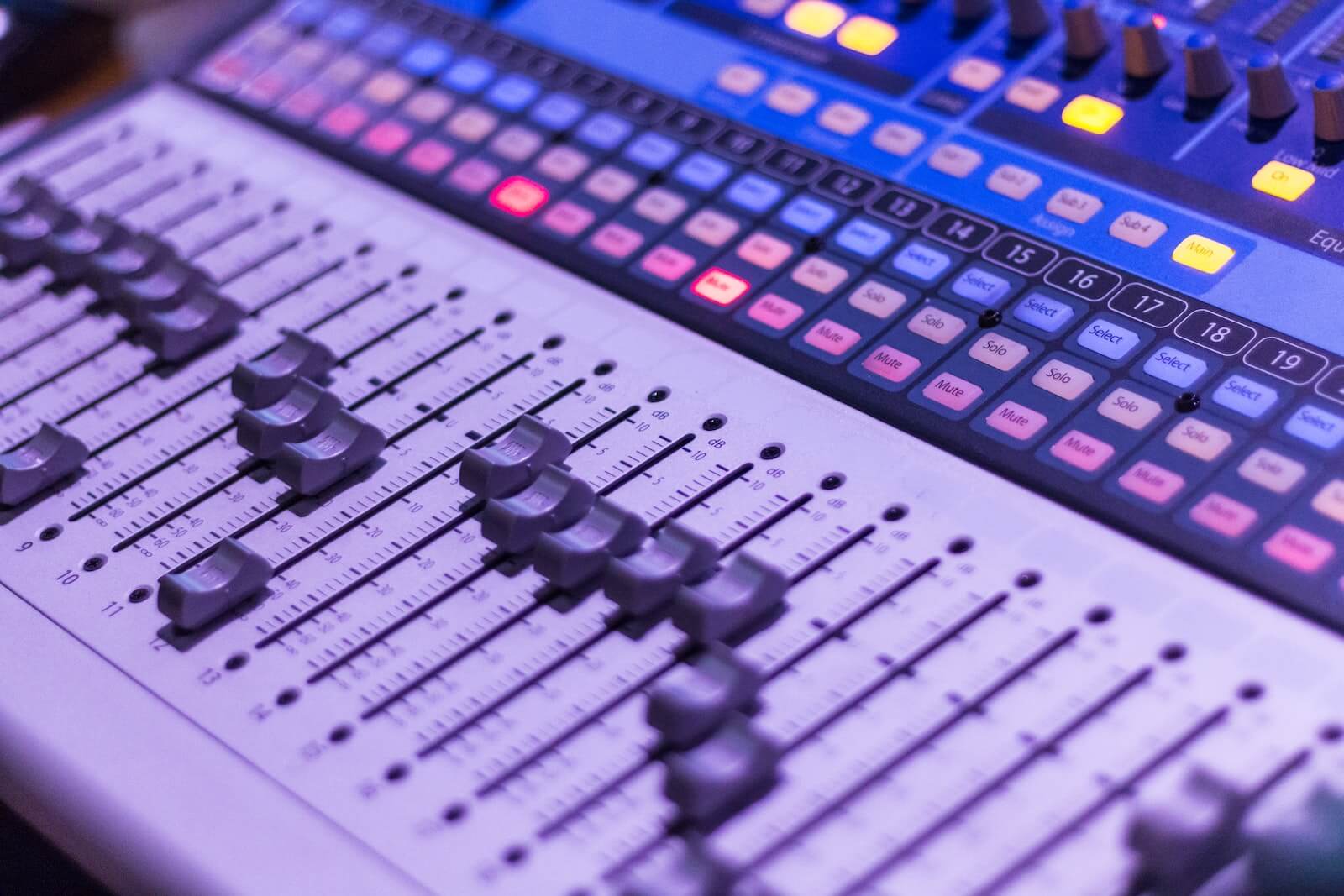The Art of Equalization: Sculpting Your Sound in Music Production
The art of equalization is a fundamental aspect of music production that allows producers to sculpt and shape the sound of their recordings. By utilizing various techniques and strategies, equalization enhances the overall quality and balance of different elements in a mix. Whether it's adjusting the tonal balance of instruments, eliminating unwanted frequencies, or adding warmth and character to a track, equalization plays a crucial role in creating a polished and professional sound.
Understanding Equalization
An introduction to the concept of equalization in music production, its purpose, and how it affects the tonal balance and clarity of audio recordings.
Equalization, commonly referred to as EQ, is a fundamental tool in music production that allows producers and engineers to sculpt the sound of a recording. It involves adjusting the frequency response of audio signals to enhance or attenuate specific frequencies, resulting in a more balanced and polished mix.
The primary purpose of equalization is to achieve tonal balance and clarity in a recording. By carefully adjusting the levels of different frequencies, EQ can bring out the best qualities of individual instruments and vocals, making them stand out in the mix without overpowering other elements.
Equalization plays a crucial role in correcting and enhancing the overall sound quality of audio recordings. It can be used to address frequency imbalances, remove unwanted resonances, and fix problematic elements in a mix. Additionally, creative equalization techniques can be employed to shape the character and tone of individual instruments, adding color and warmth to the overall sound.
Whether it's subtle adjustments or drastic changes, understanding equalization is essential for achieving professional-sounding music productions. By mastering the art of equalization, producers and engineers can unlock the full potential of their recordings, creating a captivating listening experience for their audience. To learn more about equalizer, visit on hyperlinked site.
Types of Equalizers
The world of music production is filled with a wide range of equalizers, each with its own unique characteristics and capabilities. Understanding the different types of equalizers is essential for achieving the desired sound in your music. Let's explore the three main types of equalizers commonly used in music production: graphic equalizers, parametric equalizers, and shelving equalizers.
Graphic Equalizers: Graphic equalizers provide a visual representation of frequency bands, allowing for precise control over individual frequencies in a mix. They typically feature sliders that can be adjusted to boost or cut specific frequency ranges. Graphic equalizers are widely used for shaping the tonal balance of a mix and can be found in both hardware and software forms.
Parametric Equalizers: Parametric equalizers offer more flexibility compared to graphic equalizers. They allow for adjustable frequency bands, as well as control over parameters such as bandwidth and gain. This makes them ideal for precise tonal shaping and addressing specific frequency imbalances in a mix.
Shelving Equalizers: Shelving equalizers are designed to boost or cut frequencies above or below a certain point. They are commonly used to enhance the low or high end of a mix, providing a gentle slope that affects all frequencies beyond the specified point. Shelving equalizers are useful for adding warmth or brightness to a mix.
Each type of equalizer has its own strengths and applications in music production. Understanding their unique characteristics will help you make informed decisions when sculpting your sound.
Graphic Equalizers
An overview of graphic equalizers, their visual representation of frequency bands, and how they allow for precise control over individual frequencies in a mix.
Graphic equalizers are a fundamental tool in music production, offering a visual representation of frequency bands that can be adjusted to shape the tonal balance of a mix. These equalizers typically feature sliders or knobs that correspond to different frequency ranges, allowing for precise control over individual frequencies. By boosting or cutting specific frequencies, graphic equalizers enable producers to sculpt the sound and address any tonal imbalances.
One of the key advantages of graphic equalizers is their intuitive interface, which makes it easy to identify and manipulate specific frequency ranges. With a visual representation of the frequency spectrum, producers can quickly identify problematic areas and make precise adjustments. This level of control allows for fine-tuning the mix and achieving a balanced and cohesive sound.

Comments
Post a Comment